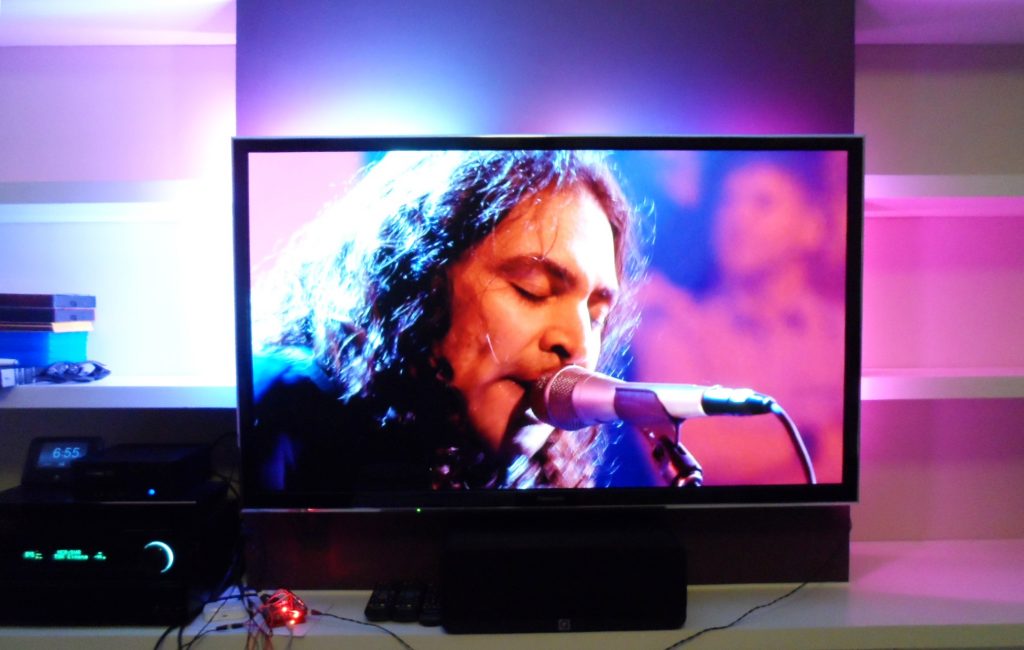 It’s been over a year since I created the first version of my Ambilight clone, but I finally found the time to return to it and add some new features. I was originally planning on adding colour correction (to correct for the purple wall behind my TV) and output delay (to get perfect synchronisation with the TV), but I got a bit carried away and have added a whole raft of new stuff.
It’s been over a year since I created the first version of my Ambilight clone, but I finally found the time to return to it and add some new features. I was originally planning on adding colour correction (to correct for the purple wall behind my TV) and output delay (to get perfect synchronisation with the TV), but I got a bit carried away and have added a whole raft of new stuff.
Read More →
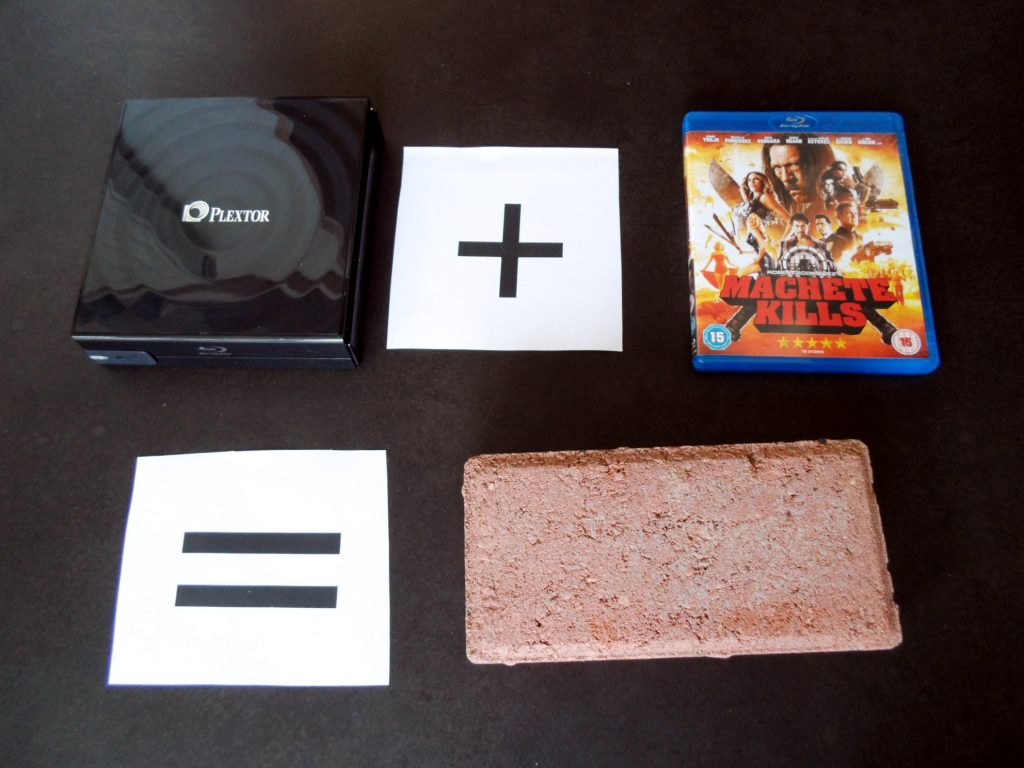
I buy a lot of DVDs and Blu Ray discs, but I very rarely watch them straight from the disc. As soon as I get a new one, it gets ripped to my MythTV backend, from where I can watch it at any time and on any screen in the house. Until recently, I’ve been happily doing this using MakeMKV and a Plextor USB Blu Ray drive, but unfortunately it seems that the film industry thinks the best way to reward me for buying so many is to brick my drive.
Read More →
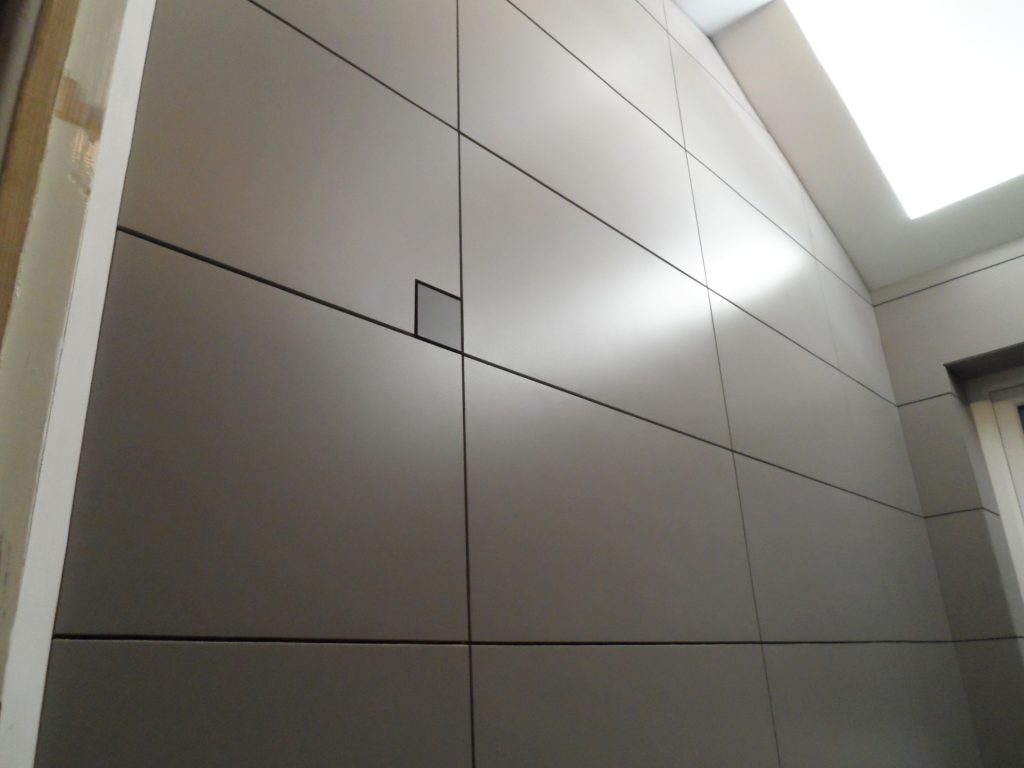
Having previously created a Border Router and a Six Channel LED Dimmer for my custom Myha home automation system, the next item on the list was to create a Myha version of the touch switch that I’d previously made for the Rako system. This was actually the third version of the touch switch as I’d made two Rako versions, the first using an official Rako switch contact module and the second communicating directly over the air after I’d reverse engineered the RAKO protocol.
As this was version three, the bulk of the hardware design was already fairly well proven and little had to change, mostly it was just a case of changing the radio and firmware. However, this was the first version to be installed in a wall, and this is where a few surprises were to be found.
Read More →
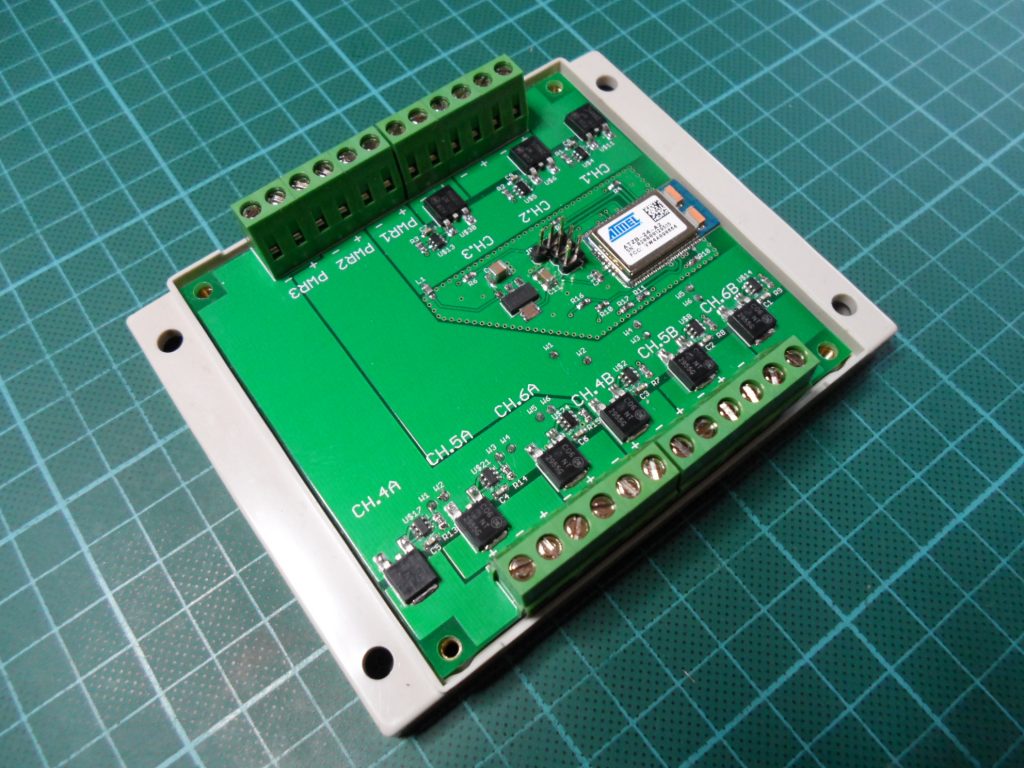
At the beginning of the year, when I sent off the Raspberry Pi 802.15.4 Radio design to Smart Prototyping to have the PCBs manufactured, I also sent off the design for the second Myha home automation device, a six channel LED dimmer that’s intended to control my bathroom light. Unfortunately this design wasn’t quite as successful as the radio interface. It works well enough that I can still use it, but more through luck than anything else.
Read More →
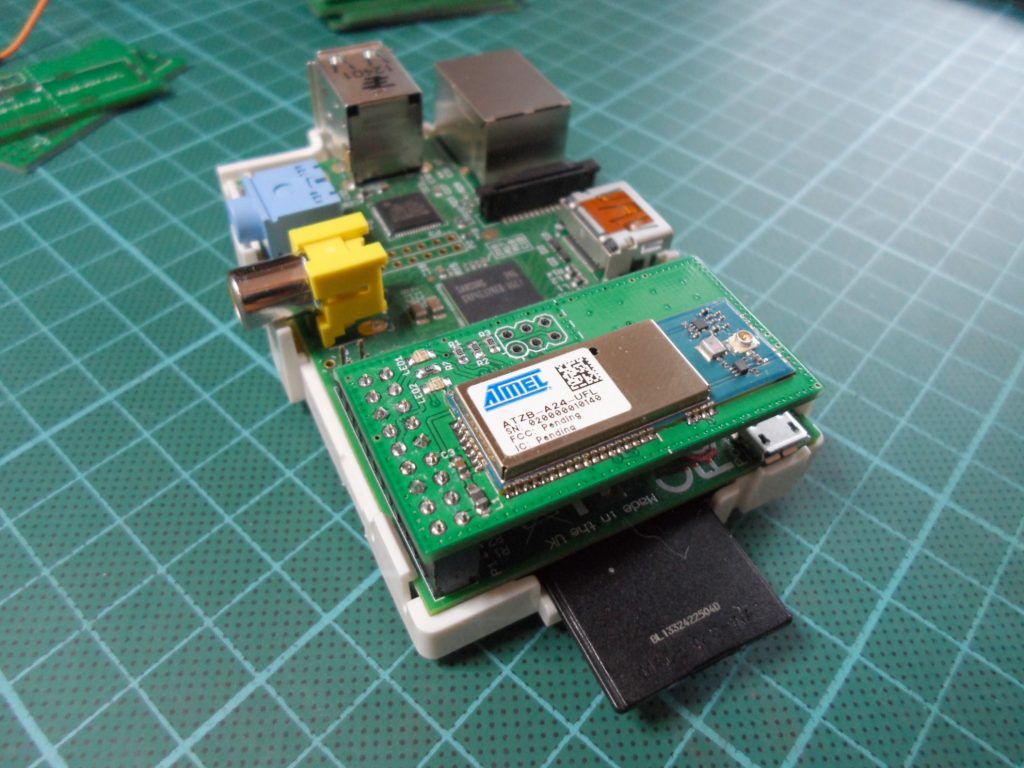
Shortly after creating the Contiki/Zigbit home automation proof of concept over Christmas, I laid out a 802.15.4 radio interface PCB for the Raspberry Pi and sent it off to Smart Prototyping for manufacture. With this interface and the 6lbr router software I can turn a Raspberry Pi into a nice small, self contained Ethernet to 802.15.4 border router, which will form the heart of my new home automation system.
Read More →
As I’ve been making more custom automation devices, I’ve come to the realisation that I don’t actually have to be restricted by the limitations of the Rako protocol. I could start again from scratch with my own custom protocol and have no restrictions at all.
Read More →
This is my MQTT client library for Contiki.
It is completely asynchronous, starting a new process to handle communication with the message broker. It supports subscribing, publishing, authentication, will messages, keep alive pings and all three QoS levels. In short, it should be a fully functional client, though some areas haven’t been well tested yet.
See the example below for usage.
Read More →
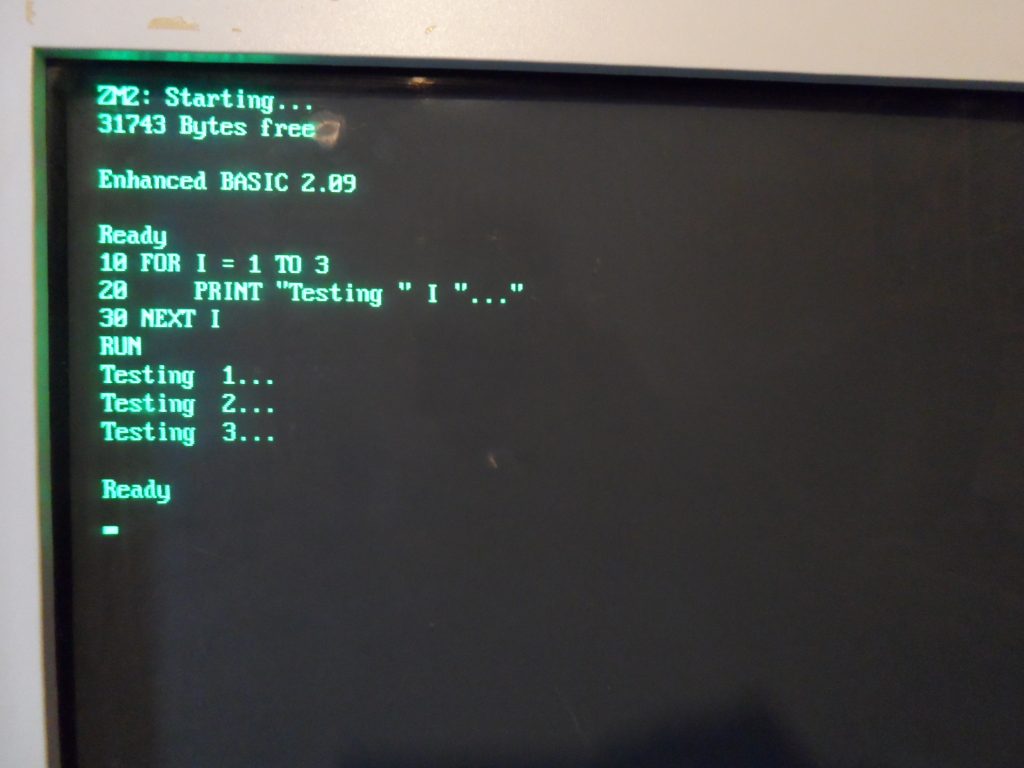
Years ago, after running out of breadboard space yet again, I reimplemented the ZM1 6502 computer in a Xilinx Spartan-3AN FPGA on a Spartan-3 Starter Kit board.
Read More →
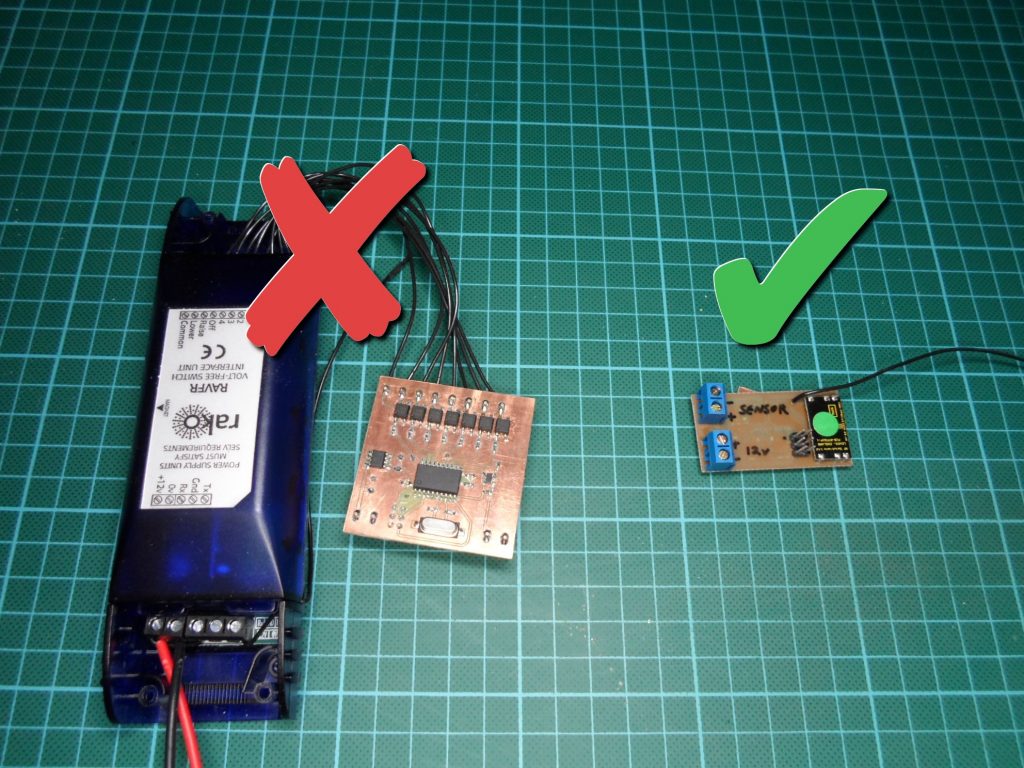
Now that I’ve reversed engineered the Rako protocol, I decided to redesign my touch switch controller so that it transmits Rako commands directly, rather than going via a bank of relays and an official Rako radio module. As the picture above shows, this results in a much smaller and simpler device, and also gives me a lot more flexibility in how the controller can interact with the lights.
Read More →
Following on from the previous post where I described the RAKO wireless protocol, I’ve created a sniffer that listens for RAKO messages and dumps them to a serial terminal. The sniffer was created simply by connecting an RRFQ1 receiver module to an Arduino as shown in the image above and uploading the sketch which can be downloaded from here.
Read More →
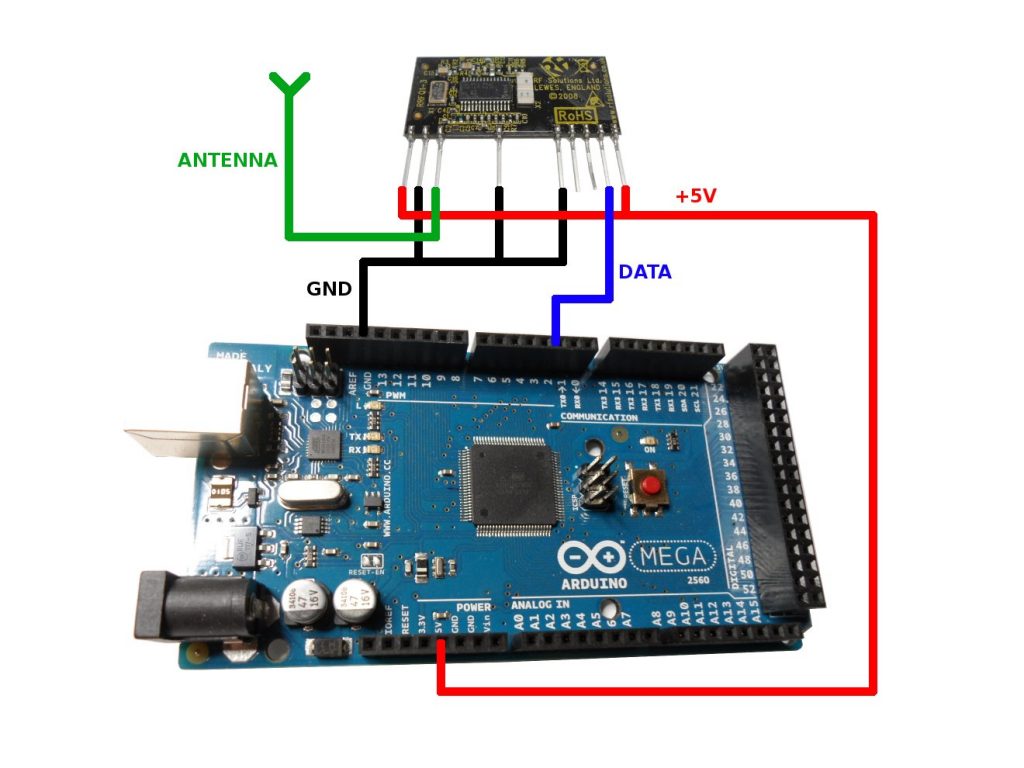
Recent Comments